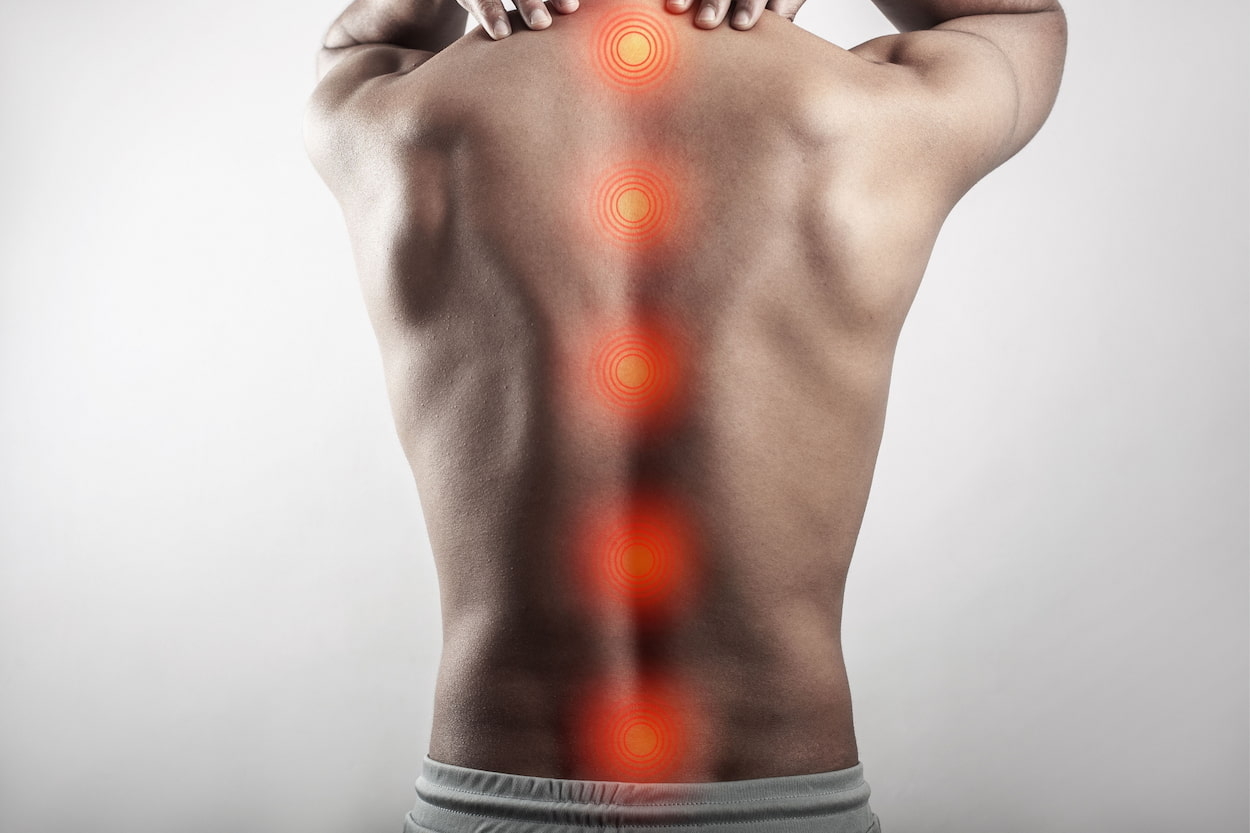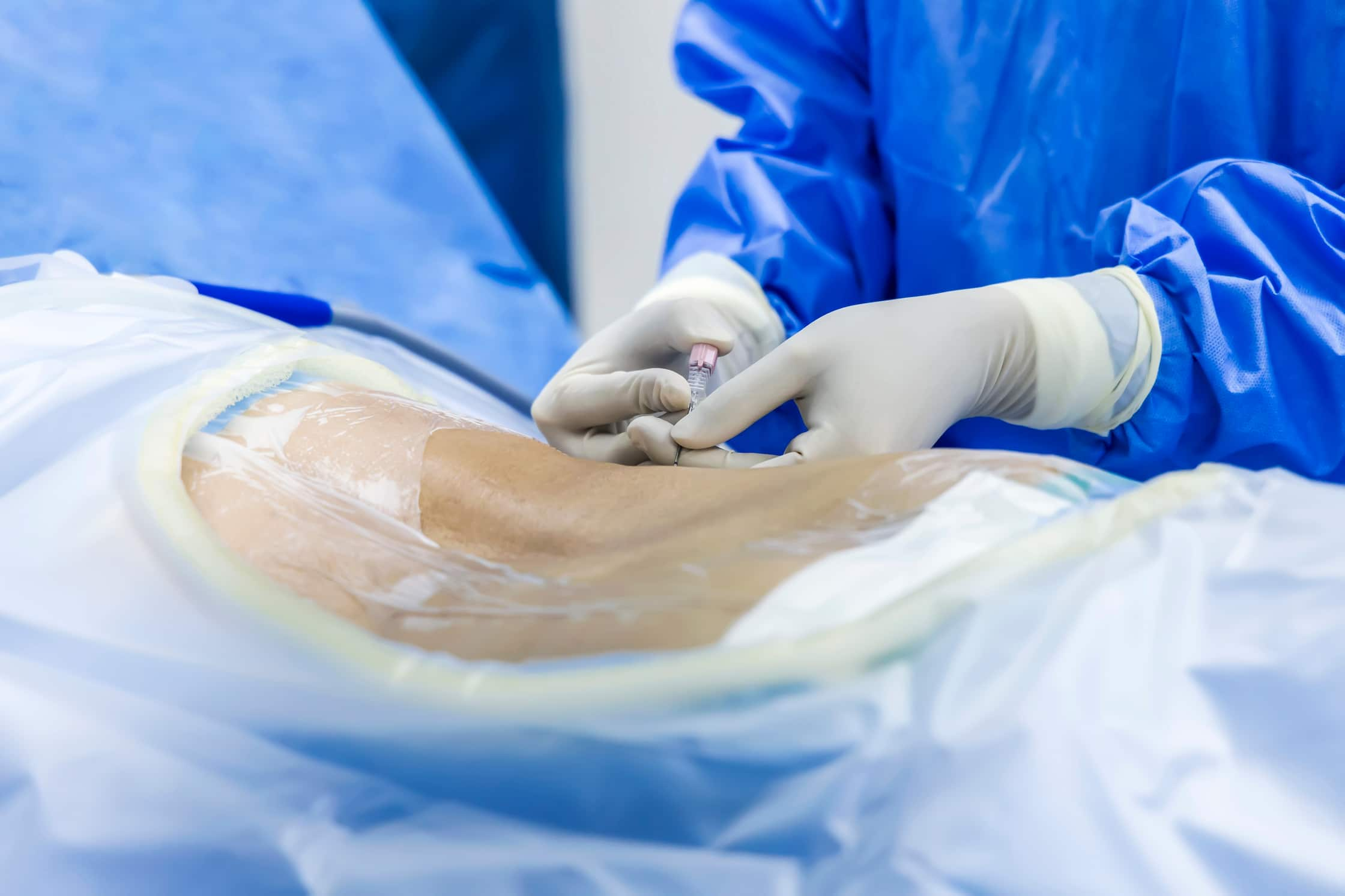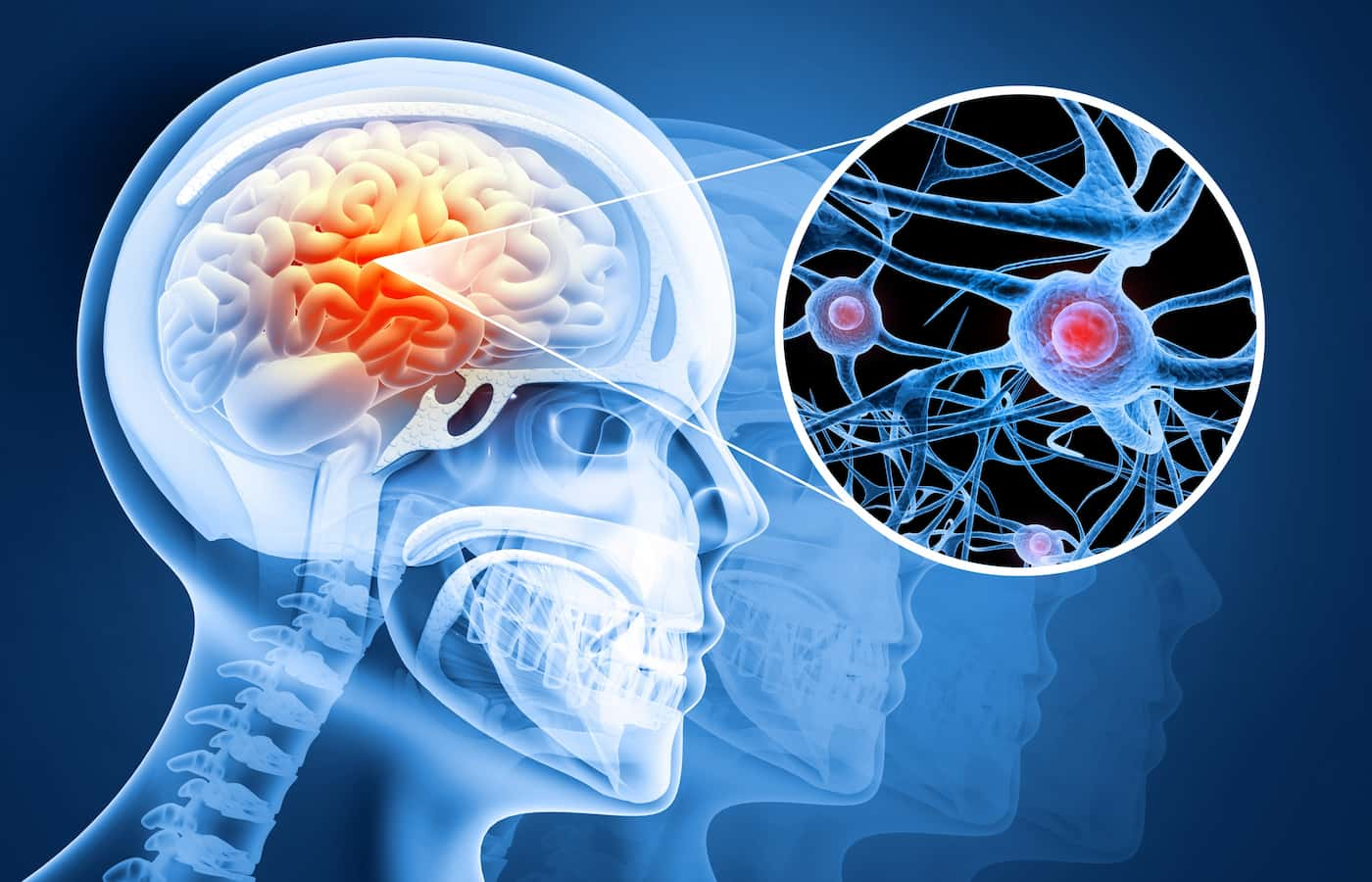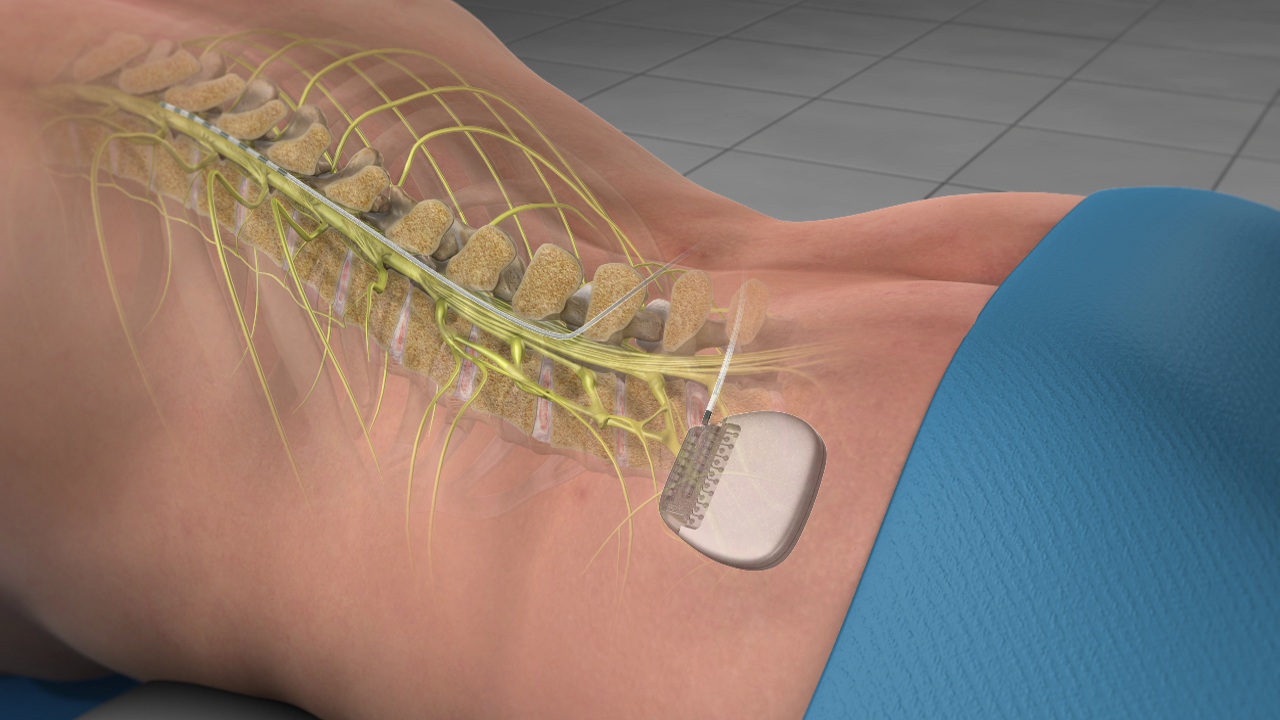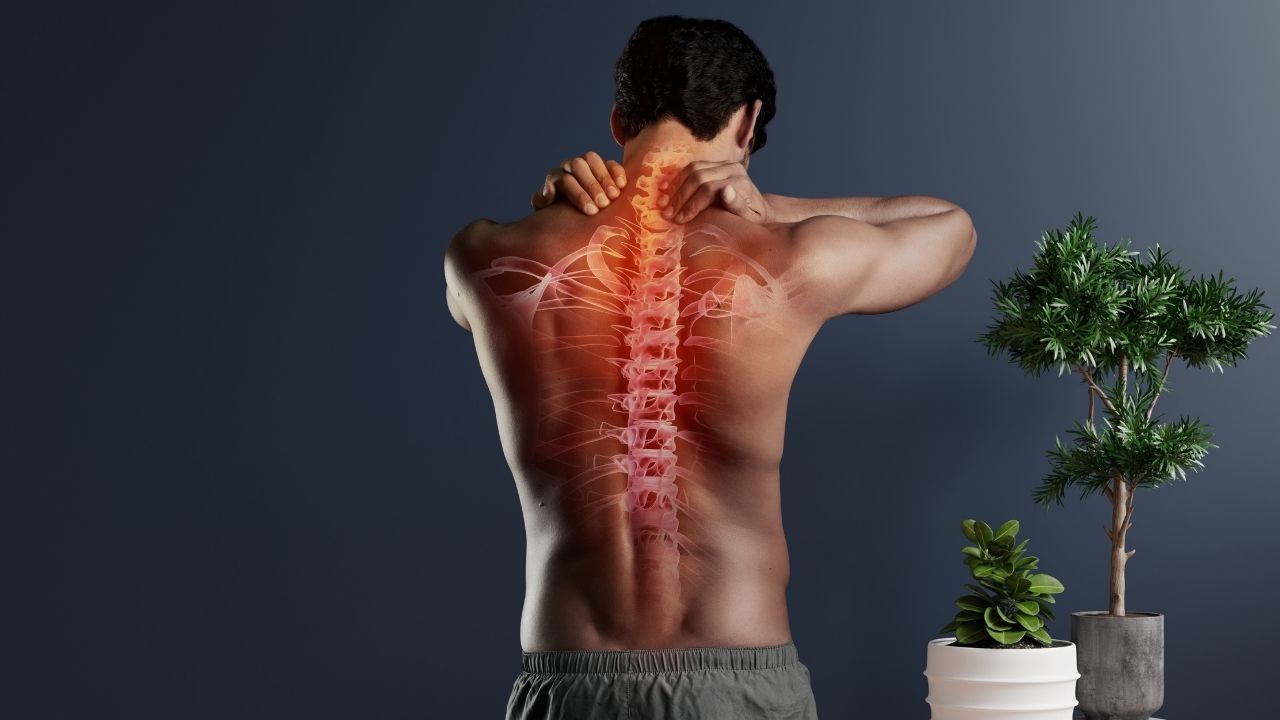
Spinal Cord Stimulation for CRPS
Spinal cord stimulation for CRPS has emerged as a promising treatment option for individuals suffering from this debilitating condition. Complex Regional Pain Syndrome (CRPS) is a chronic pain condition that often affects a limb following an injury or surgery. Characterized by severe, persistent pain, CRPS can significantly impact a person's quality of life. Traditional treatments such as physical therapy, medications, and nerve blocks often provide limited relief. Spinal cord stimulation for CRPS has emerged as a promising treatment option for individuals suffering from this debilitating condition. This blog post explores the benefits, procedures, and considerations of spinal cord stimulation for CRPS.
CRPS: Causes, Symptoms, and Diagnosis
CRPS is divided into two types: CRPS-I (formerly known as Reflex Sympathetic Dystrophy) and CRPS-II (formerly known as Causalgia). Both types are characterized by pain, but CRPS-II is associated with a specific nerve injury. Symptoms of CRPS include:
- Severe, burning pain
- Swelling and changes in skin color and temperature
- Sensitivity to touch
- Muscle weakness and spasms
- Limited range of motion
The exact cause of CRPS is not fully understood, but it is believed to involve abnormal responses of the peripheral and central nervous systems.
What is Spinal Cord Stimulation for CRPS?
Spinal cord stimulation for CRPS is a minimally invasive treatment that involves the implantation of a small device, called a spinal cord stimulator, which delivers electrical impulses to the spinal cord. These impulses interfere with the pain signals traveling to the brain, reducing the sensation of pain. The primary components of spinal cord stimulation for crps system include:
Implantable Pulse Generator (IPG): A battery-powered device that generates electrical impulses.
Leads: Thin, flexible wires with electrodes at the ends that deliver electrical impulses to the spinal cord.
Remote Control: A handheld device that allows patients to adjust the stimulation settings.
This innovative treatment has shown great promise in providing significant pain relief and improving the quality of life for many patients suffering from CRPS. It offers a customizable and adjustable solution to chronic pain management.
How Spinal Cord Stimulation for CRPS Works
The mechanism behind spinal cord stimulation for CRPS is based on the gate control theory of pain, which suggests that non-painful input can close the "gates" to painful input, preventing the pain sensation from reaching the central nervous system. By delivering mild electrical pulses to the spinal cord, spinal cord stimulation for crps alters the pain signals before they reach the brain, thus reducing the perception of pain.
Benefits of Spinal Cord Stimulation for CRPS
Spinal cord stimulation for CRPS offers several benefits for individuals with this condition:
Pain Relief: Spinal cord stimulation for CRPS can significantly reduce pain, improving patients' ability to perform daily activities and enhancing their quality of life.
Reduced Medication Use: Many patients experience a decrease in the need for pain medications, including opioids, which can have adverse side effects and potential for dependency.
Improved Function: With reduced pain, patients often see improvements in mobility and function, allowing them to participate in physical therapy and other rehabilitative activities.
Reversible and Adjustable: Spinal cord stimulation for CRPS is reversible; if patients do not achieve satisfactory pain relief, the device can be removed. Additionally, the stimulation parameters can be adjusted to meet individual needs.
Spinal cord stimulation for CRPS can offer a new lease on life for those suffering from chronic pain. It empowers patients to regain control over their lives and engage more fully in daily activities.
What to Expect with Spinal Cord Stimulation for CRPS?
The spinal cord stimulation for CRPS procedure is typically performed in two stages: a trial phase and a permanent implantation phase. Trial phase is include:
Consultation and Evaluation: Patients undergo a thorough evaluation by a pain specialist to determine if they are suitable candidates for spinal cord stimulation for CRPS.
Temporary Lead Placement: During a minor surgical procedure, temporary leads are placed near the spinal cord. The leads are connected to an external stimulator.
Trial Period: Patients use the external stimulator for several days to assess the effectiveness of the therapy. Pain relief, functional improvement, and any side effects are monitored.
Assessment: If the trial period is successful, meaning the patient experiences significant pain relief, the decision to proceed with permanent implantation of spinal cord stimulation for CRPS is made.
Another phase of permanent implantation includes:
Surgery: The permanent implantation involves placing the IPG under the skin, usually in the abdomen or buttock, and connecting it to the leads that are positioned near the spinal cord.
Recovery: The recovery period is relatively short, with most patients resuming normal activities within a few weeks.
Programming and Follow-Up: The stimulator is programmed to provide optimal pain relief. Regular follow-up appointments ensure that the device is functioning correctly and that the patient is receiving the best possible benefit from spinal cord stimulation for crps.
By understanding the steps involved in the procedure, patients can feel more informed and prepared, contributing to a smoother and more successful treatment experience.
Considerations of Spinal Cord Stimulation for CRPS
While spinal cord stimulation for CRPS is generally safe, it is important to be aware of potential risks and complications, including:
- Infection at the implant site
- Bleeding or nerve damage
- Lead migration or breakage
- Device malfunction
- Allergic reaction to the implant materials
It is crucial for patients to discuss these risks with their healthcare provider and to follow post-operative care instructions to minimize the likelihood of complications from spinal cord stimulation for CRPS.
Is Spinal Cord Stimulation for CRPS Right for You?
Not all patients with CRPS are candidates for spinal cord stimulation for CRPS. The decision to proceed with this treatment involves a comprehensive evaluation by a pain specialist. Factors that may influence candidacy for spinal cord stimulation for CRPS include:
- The severity and duration of pain
- Response to previous treatments
- Overall health and medical history
- Willingness to undergo the trial phase
If you meet the criteria, spinal cord stimulation for crps may be a viable option to help manage your pain and improve your quality of life. You can consult with Healthy Türkiye to determine the best course of action for your specific condition.
Spinal Cord Stimulation Treatment for CRPS
Spinal cord stimulation for CRPS has emerged as a valuable treatment option for individuals suffering from Complex Regional Pain Syndrome. By providing significant pain relief, reducing reliance on medications, and improving function, spinal cord stimulation for CRPS can enhance the quality of life for many patients. However, it is important to undergo a thorough evaluation and trial period to determine if spinal cord stimulation for crps is suitable. If you or a loved one is struggling with CRPS, consult with a pain specialist to explore the potential benefits of spinal cord stimulation for crps.
By understanding the potential of spinal cord stimulation for CRPS and considering it as a treatment option, individuals with CRPS can take proactive steps toward managing their pain and improving their overall well-being.
